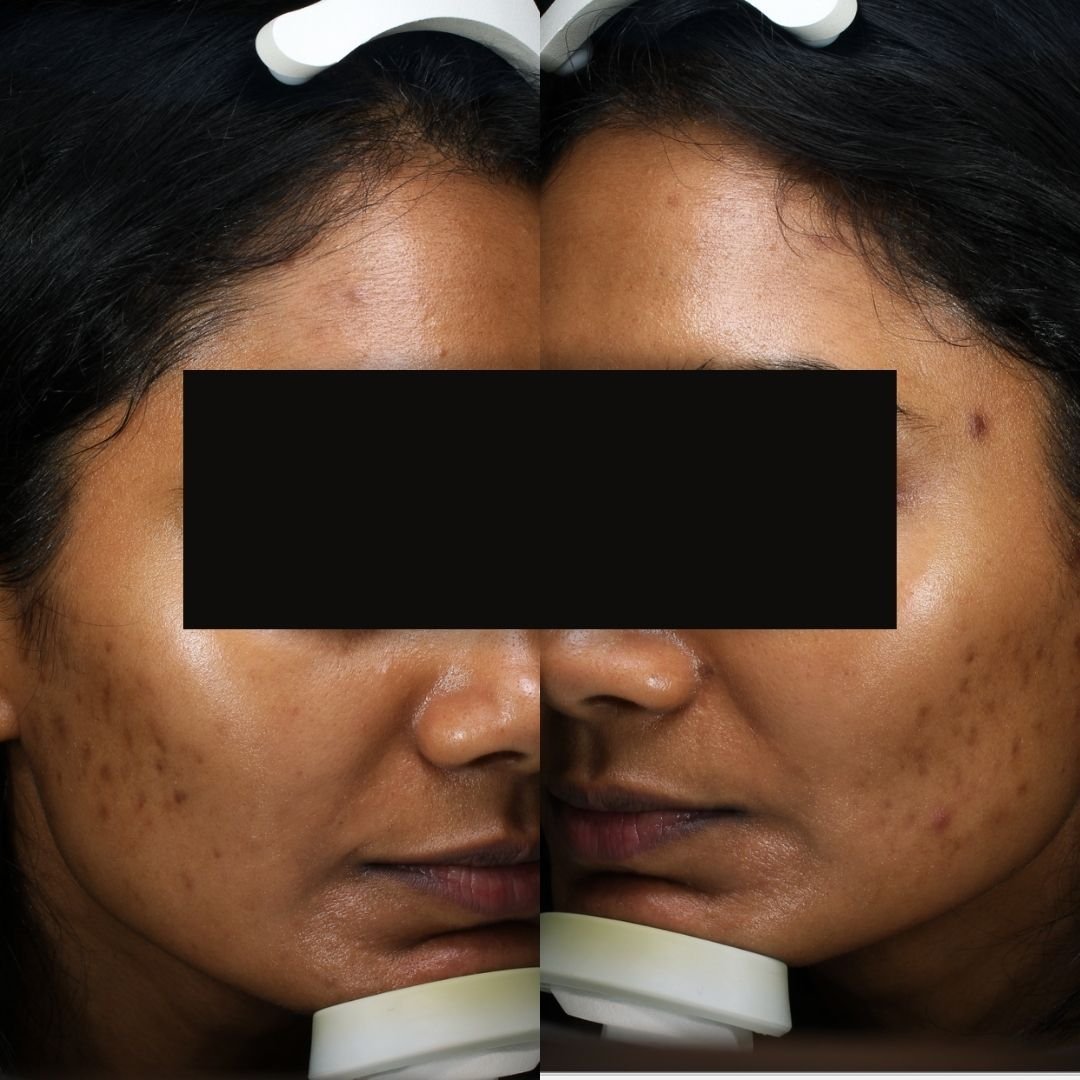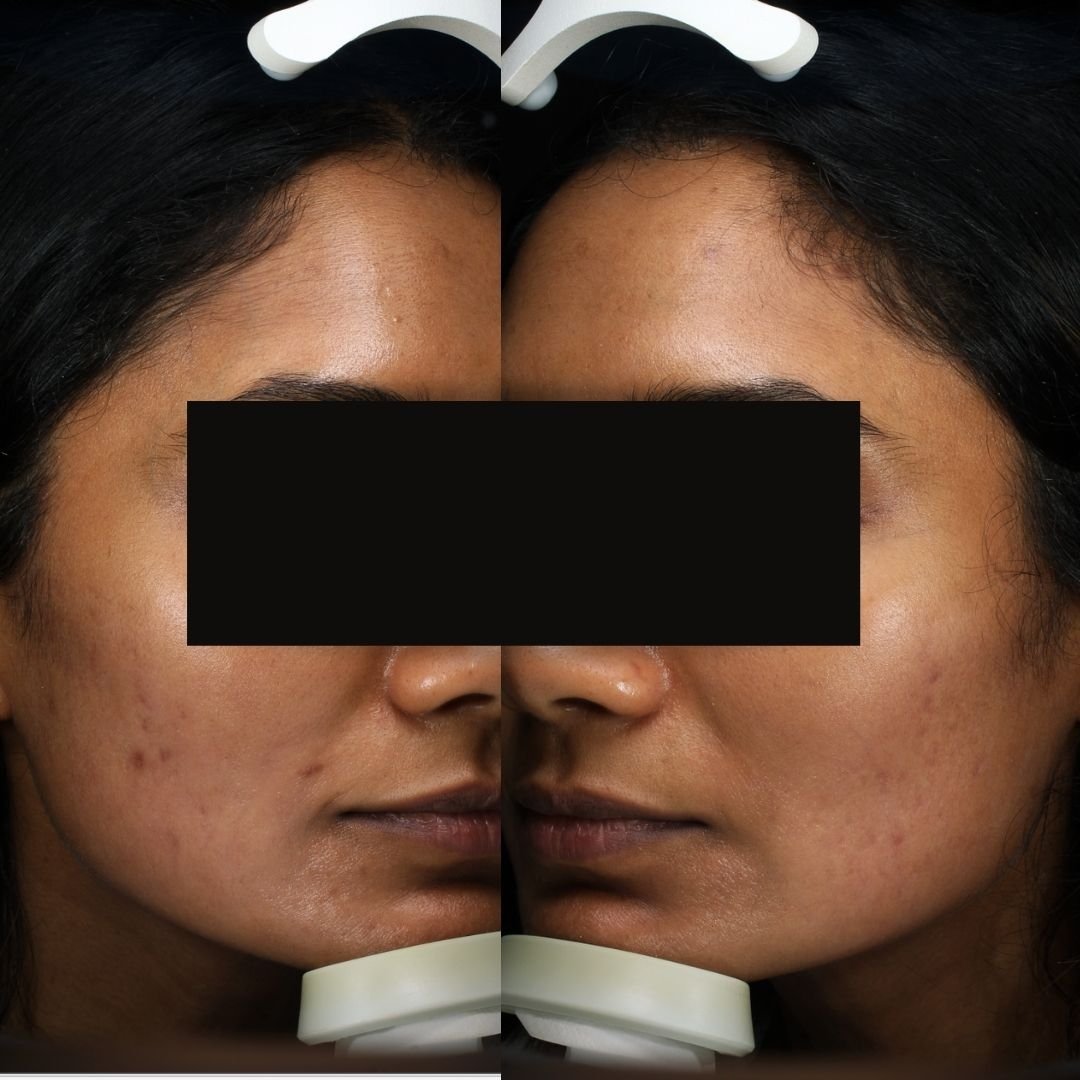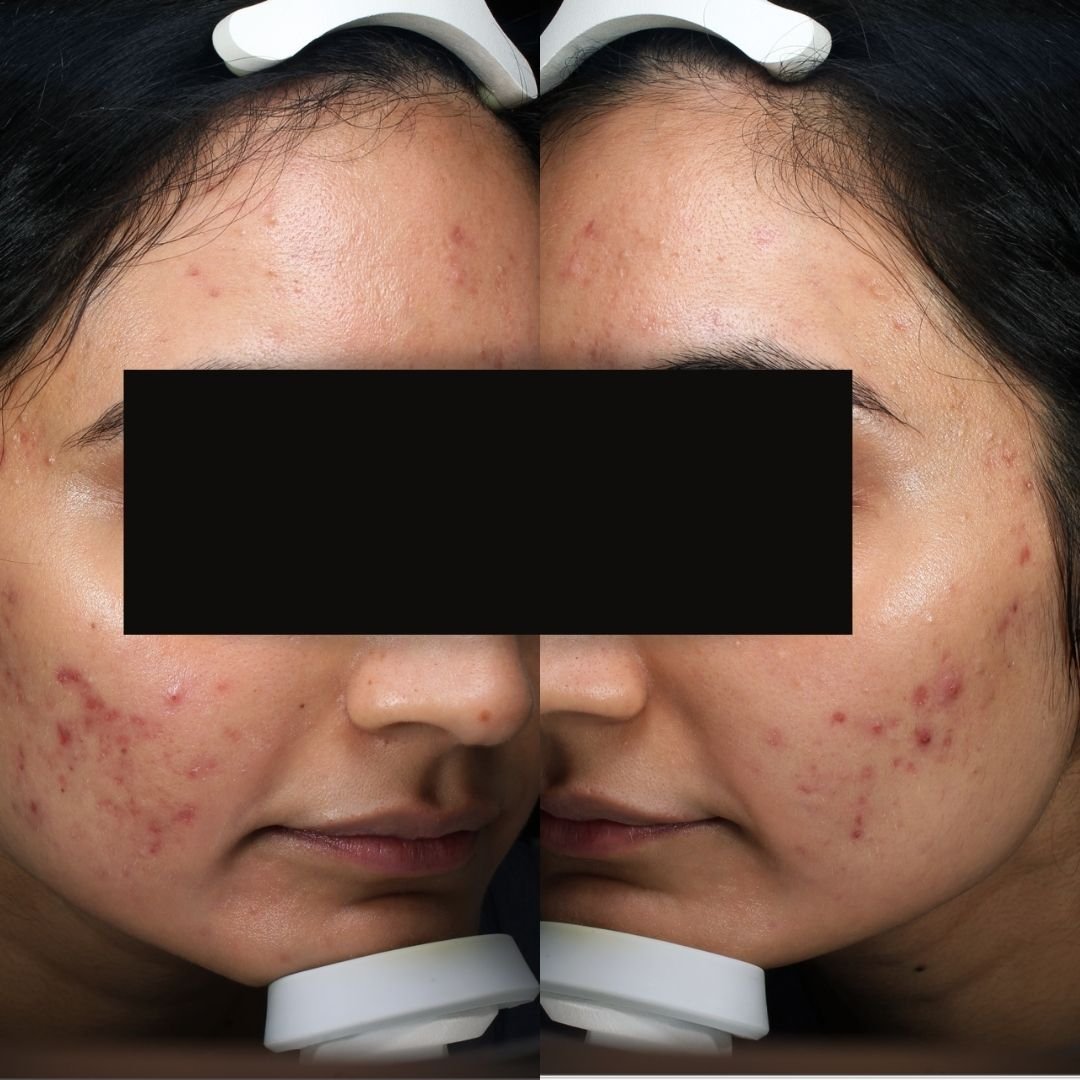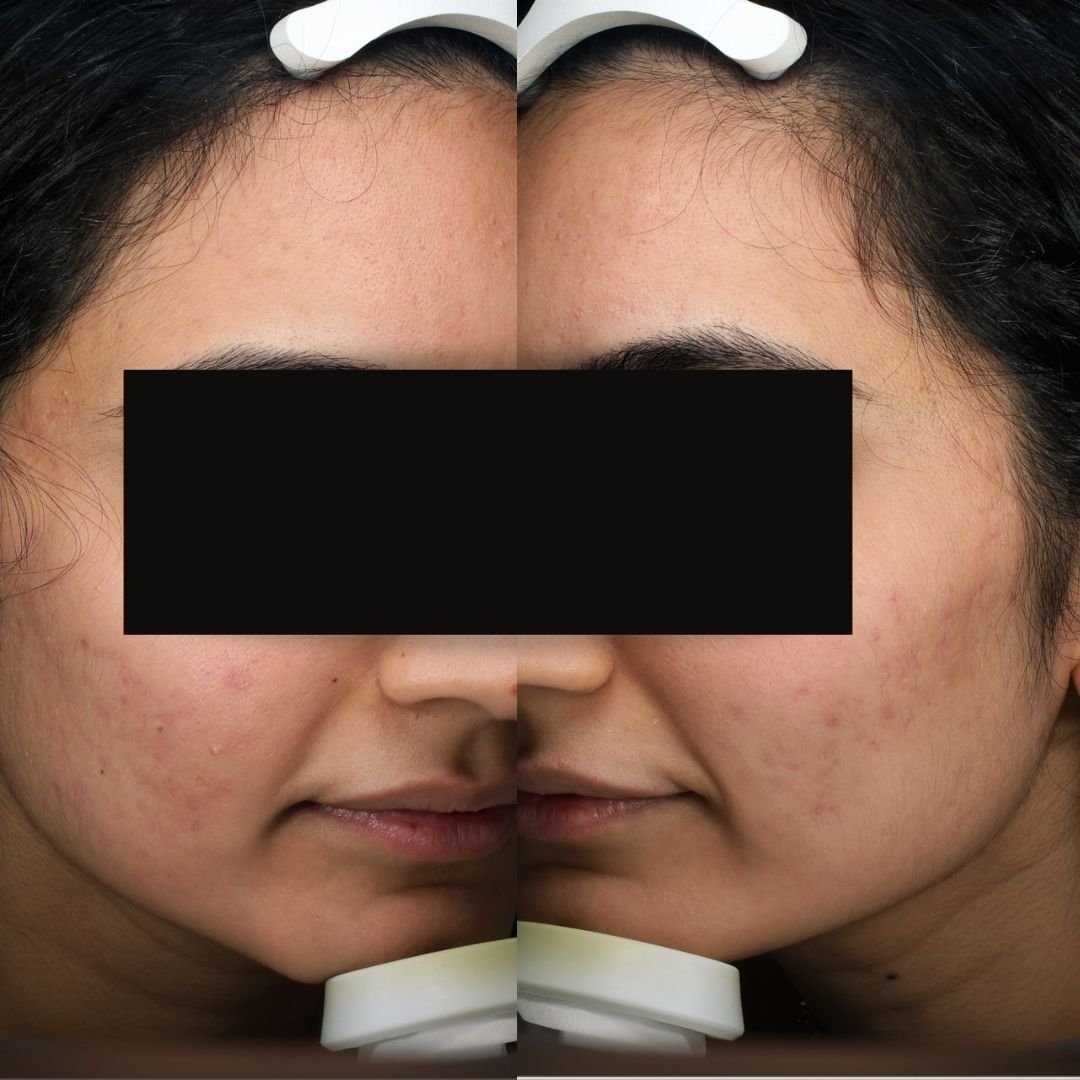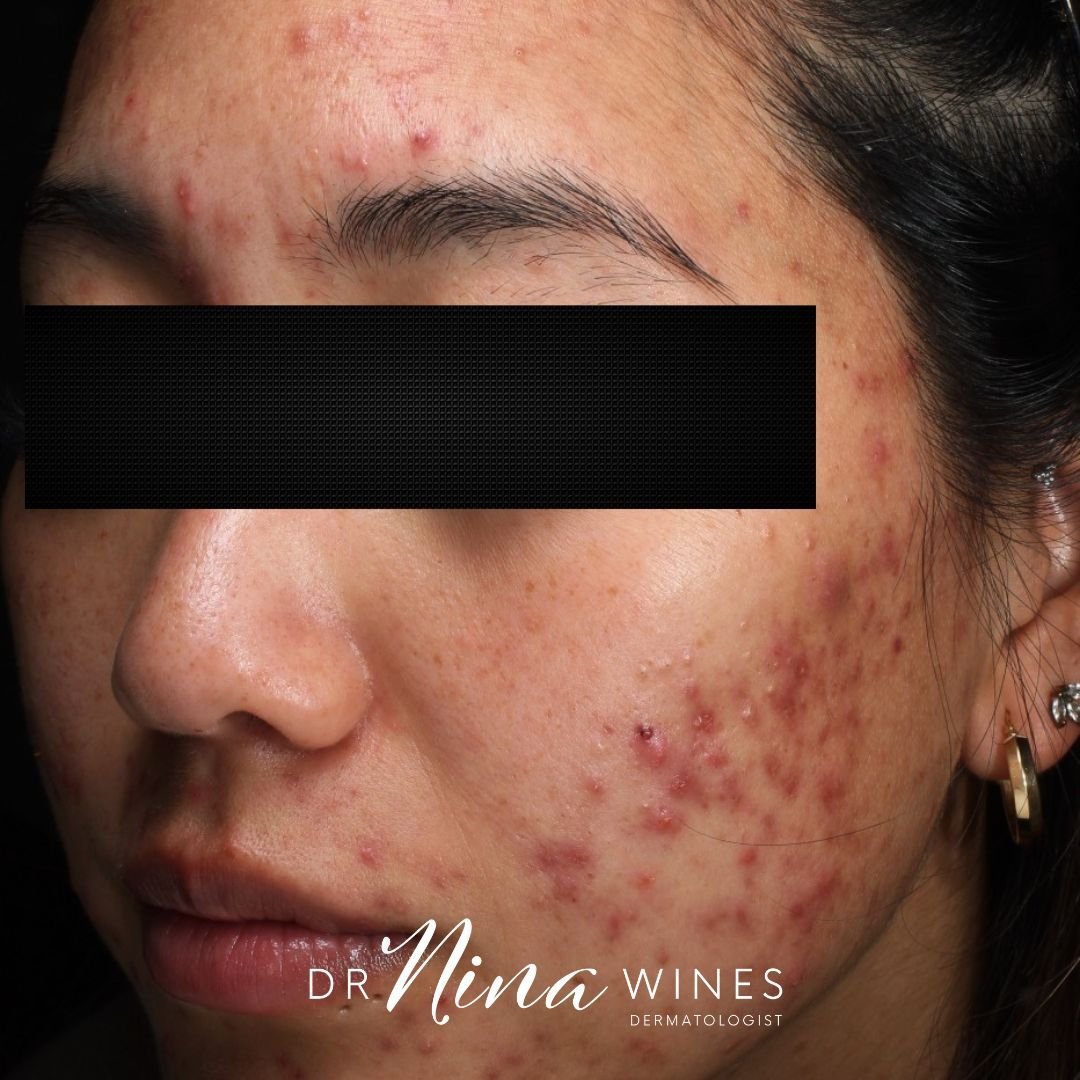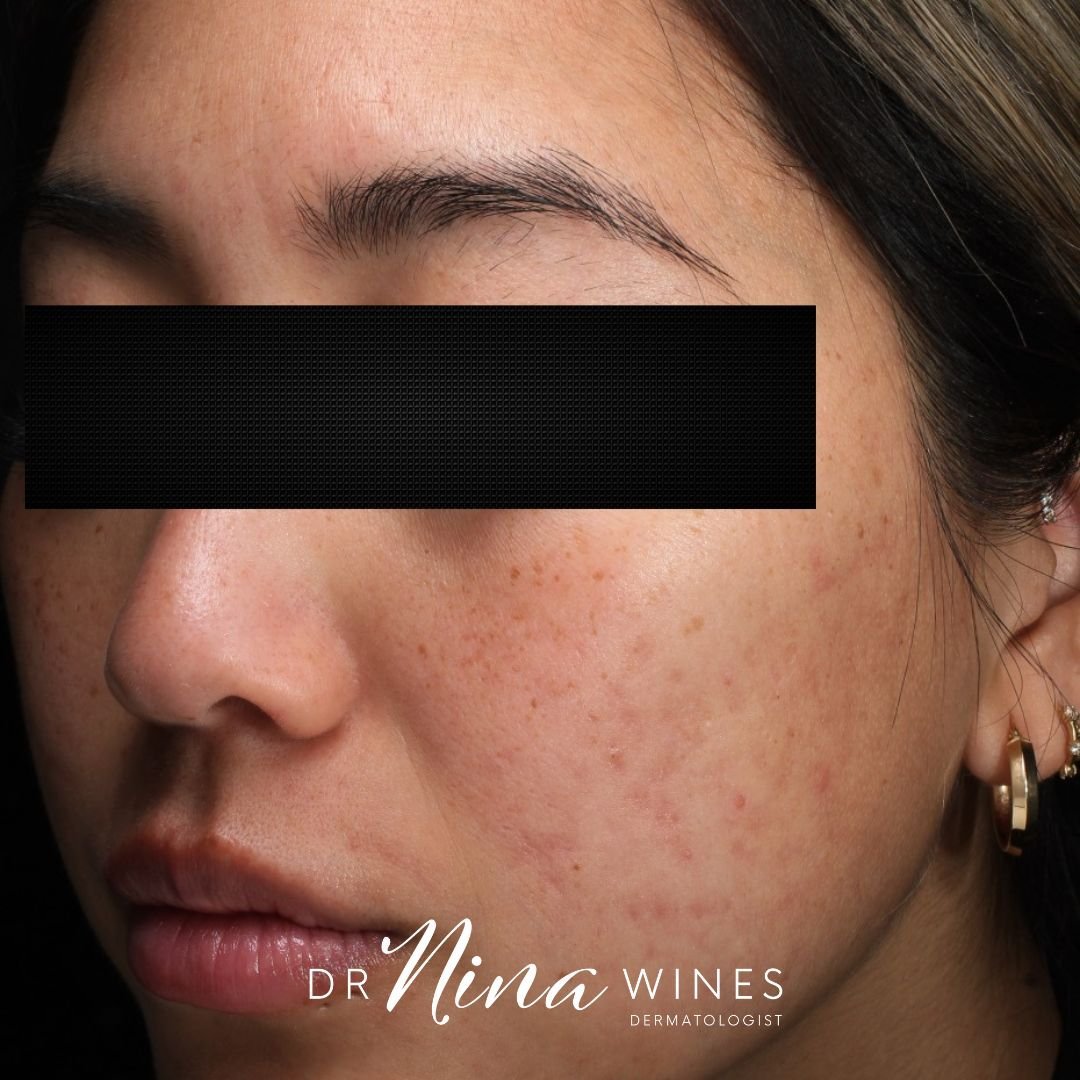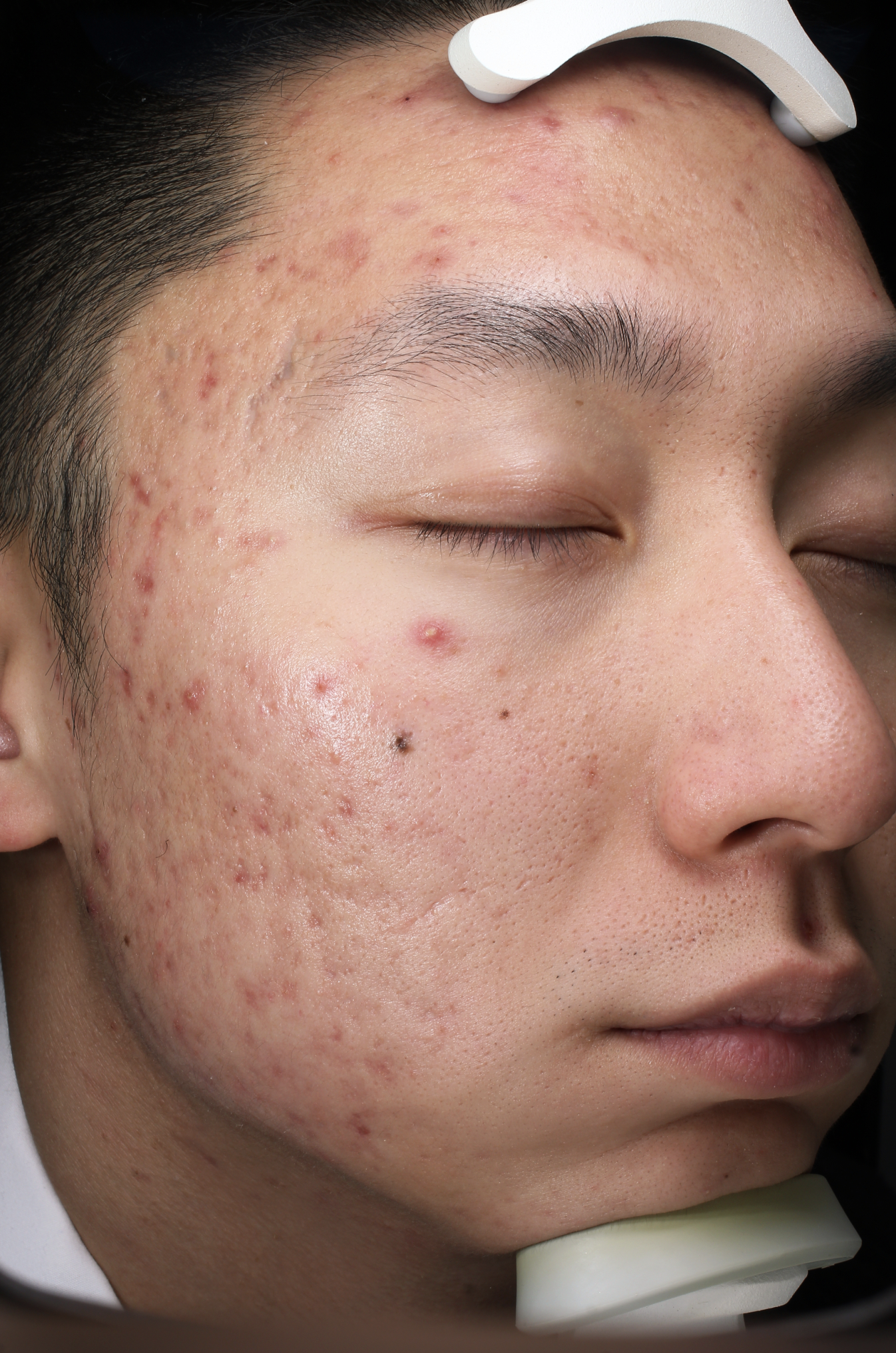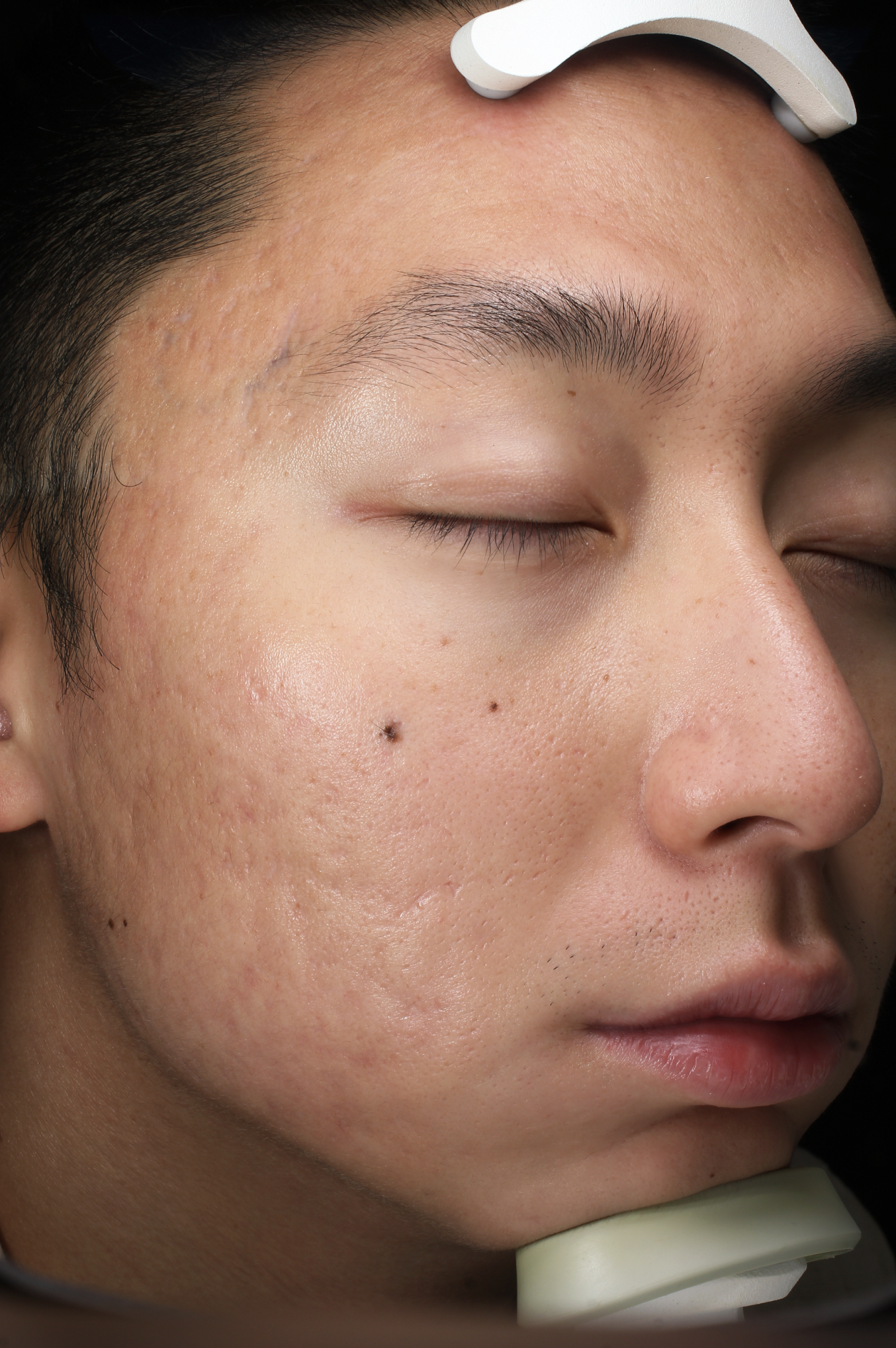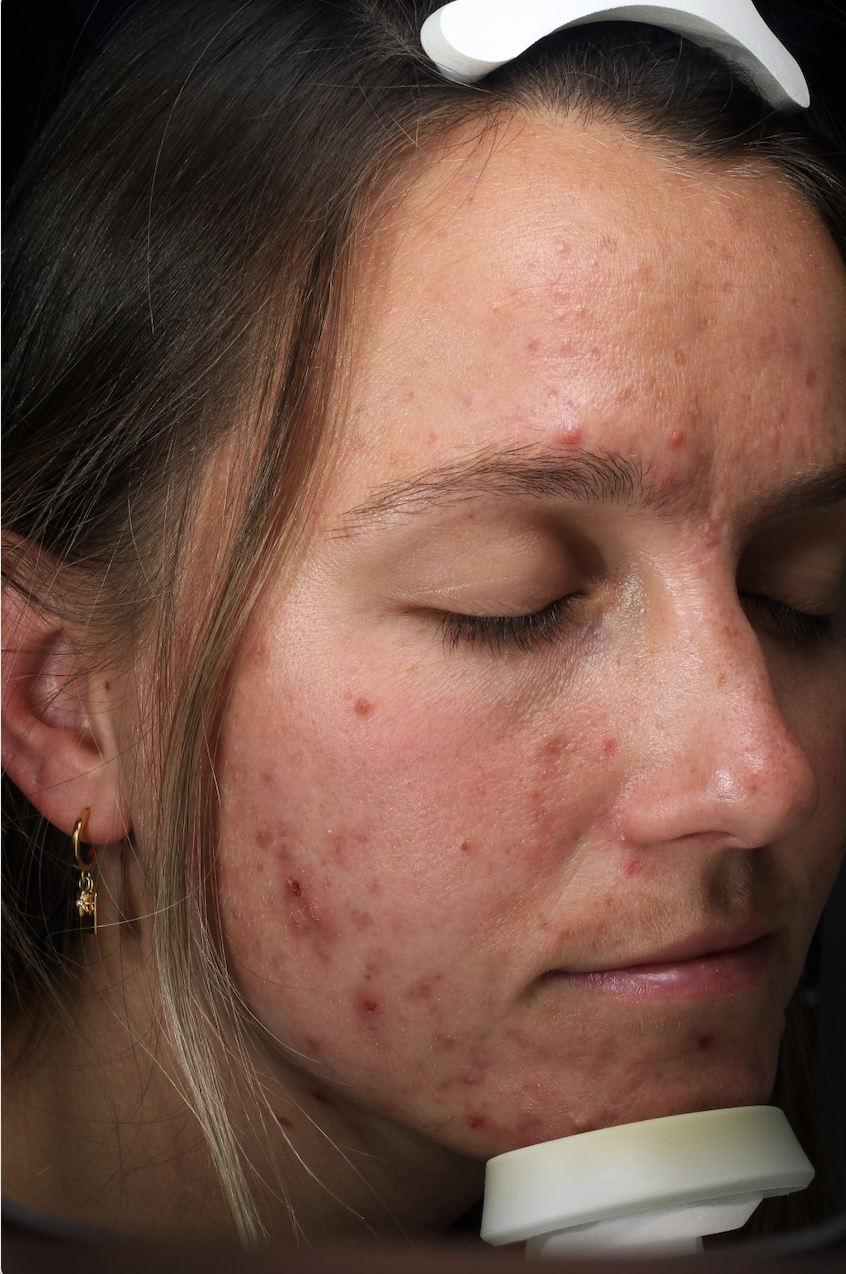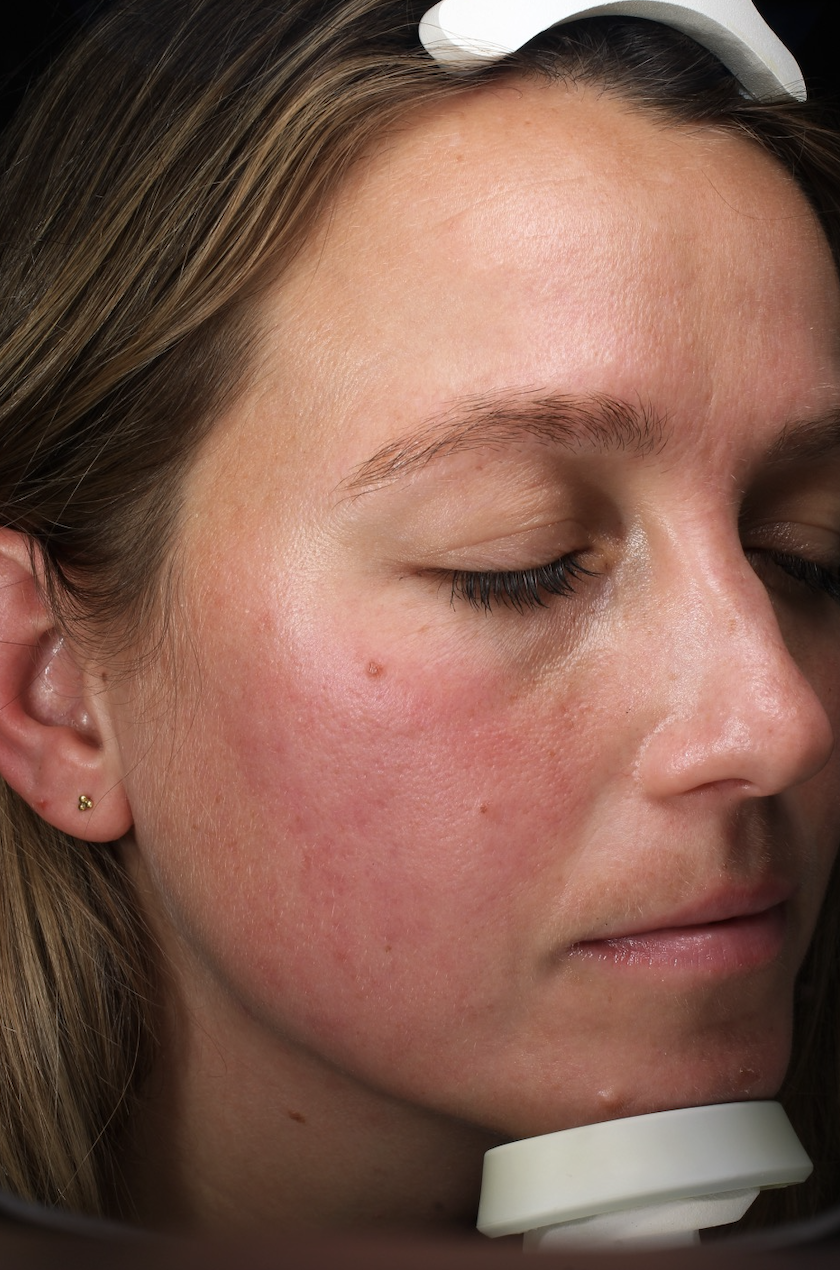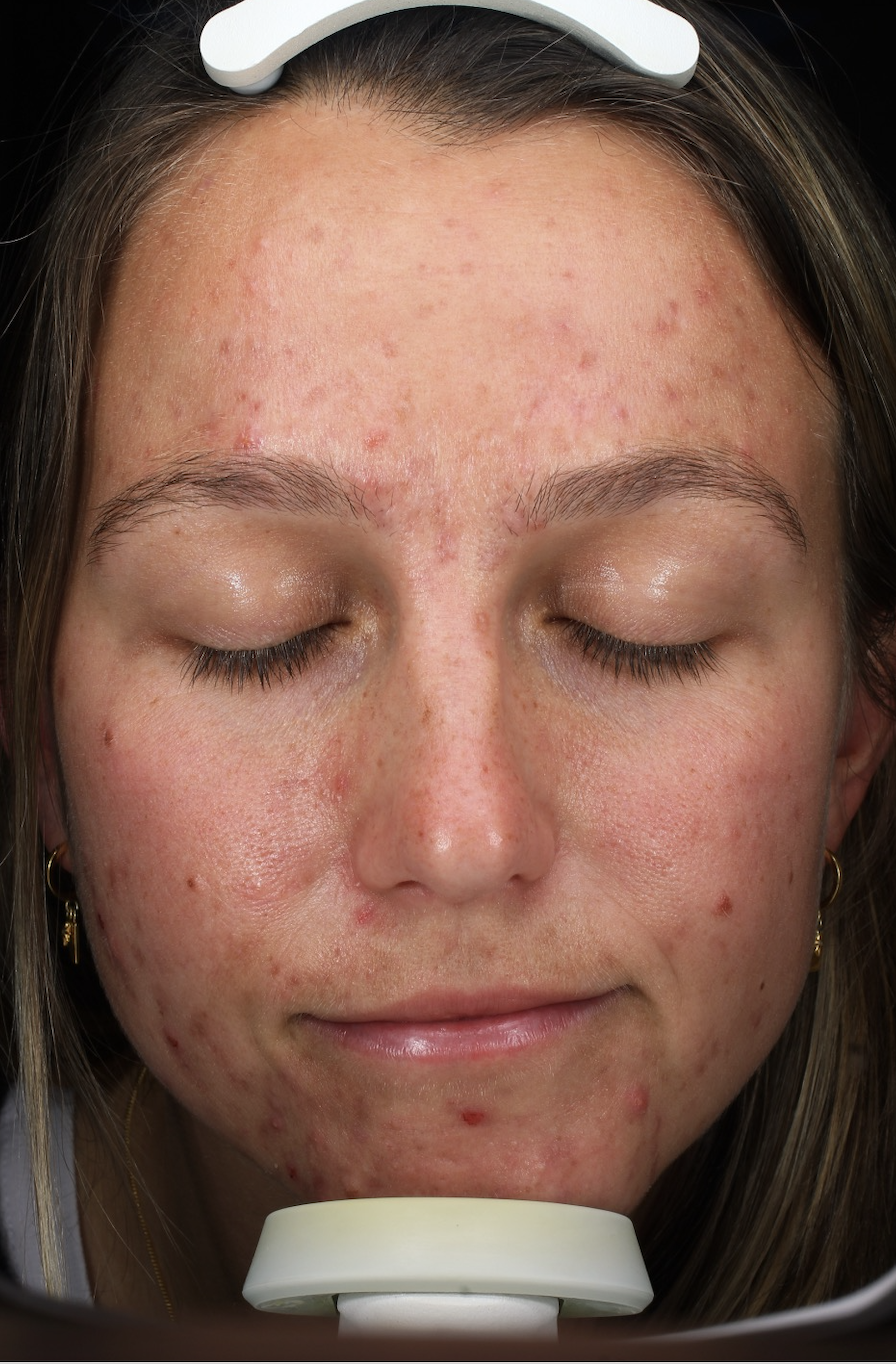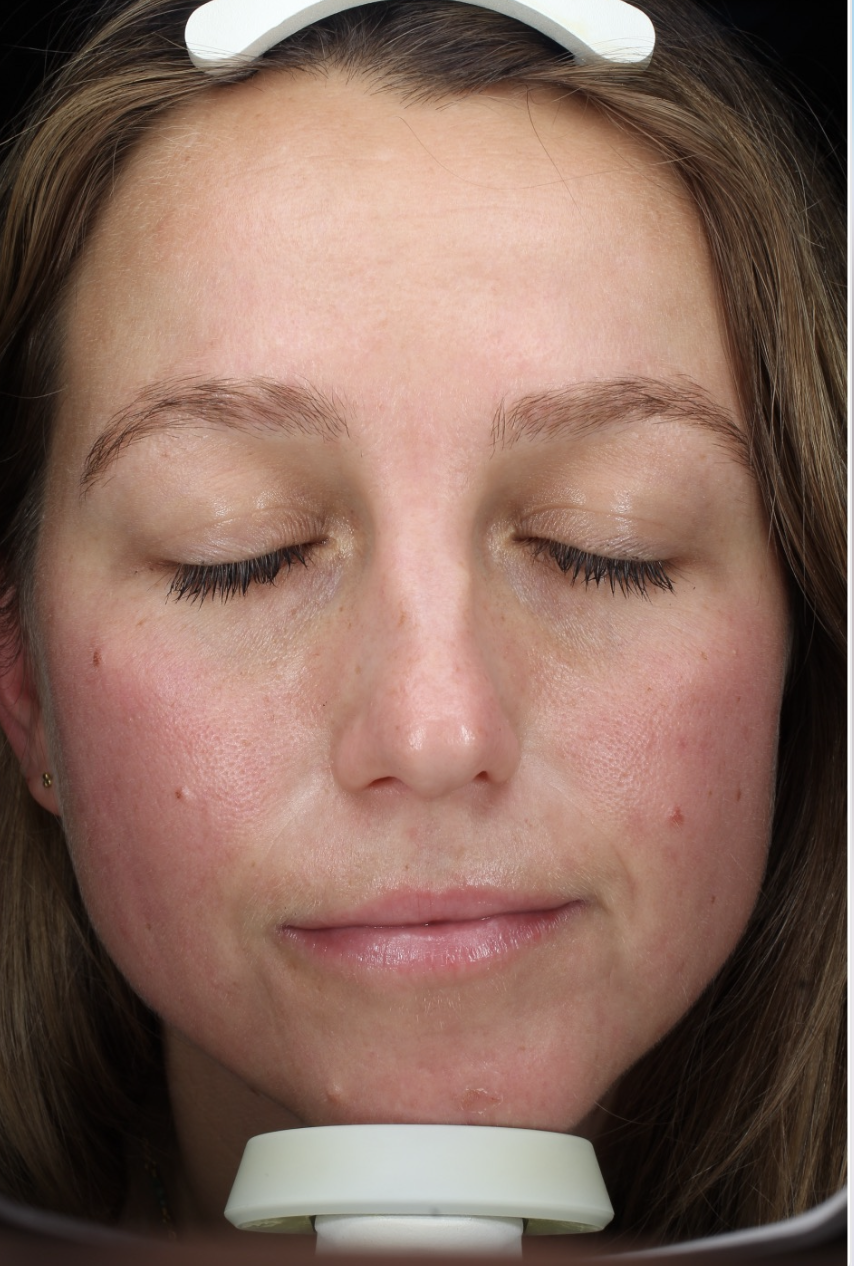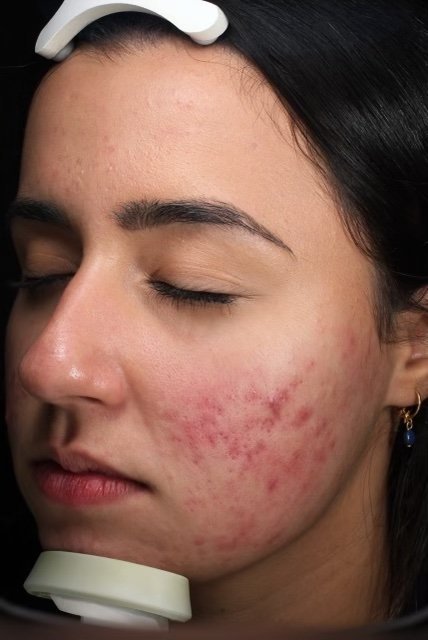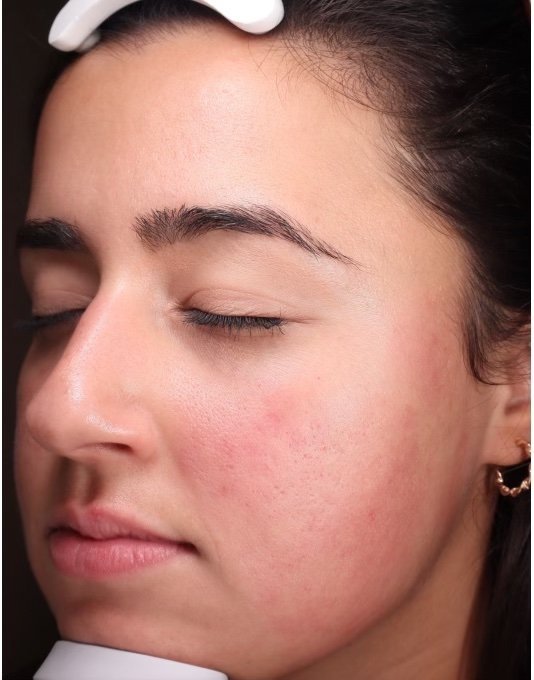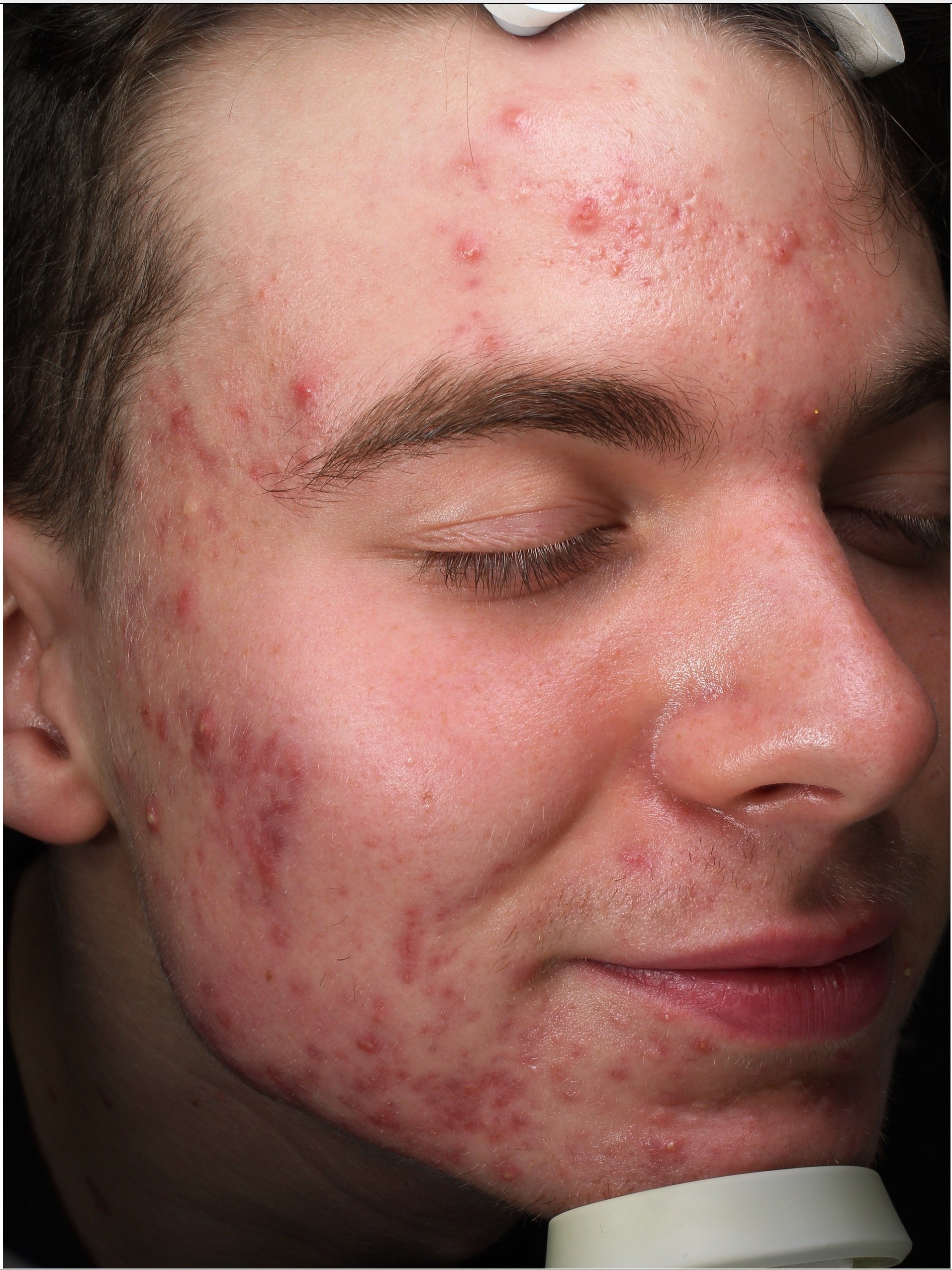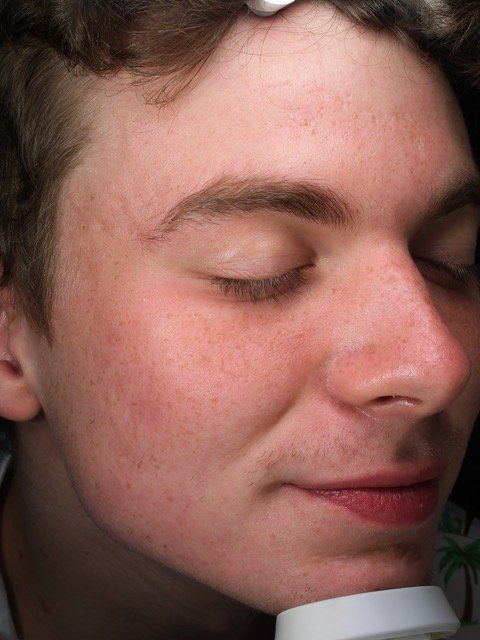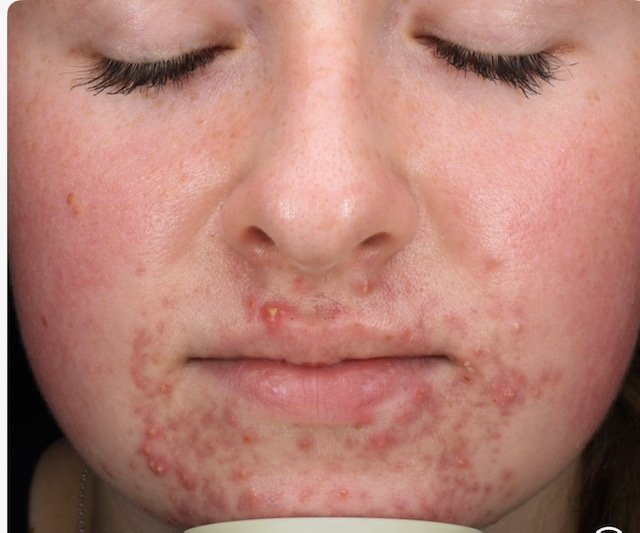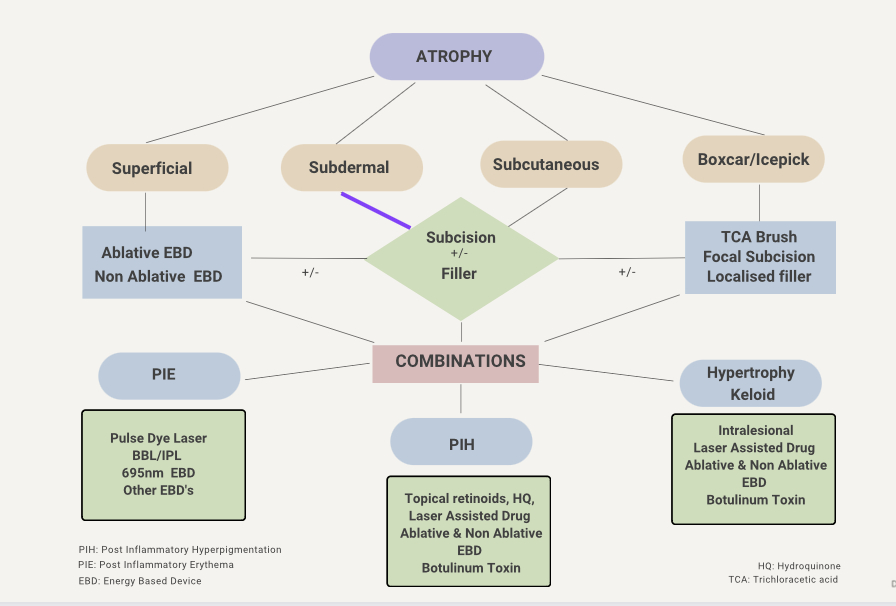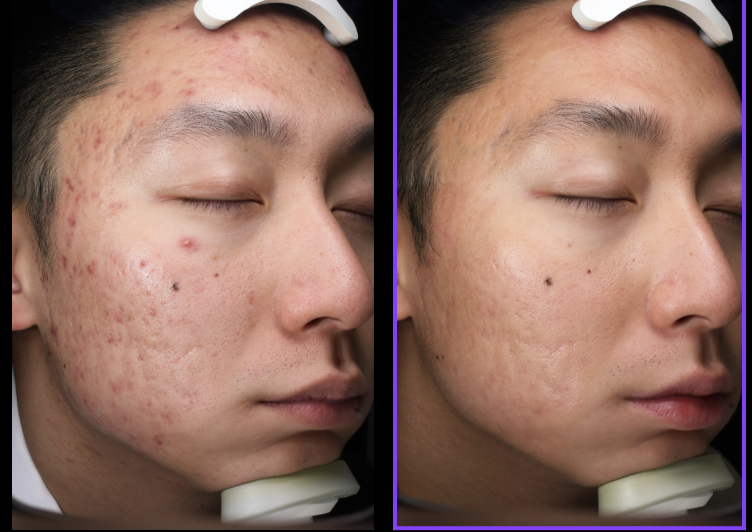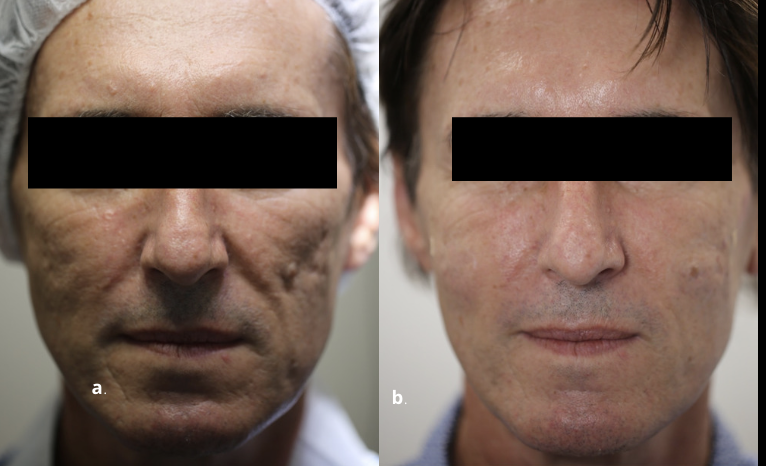Acne Scarring
Before & After
Acne Scar Treatment
Up to 40% of acne suffers with moderate to severe acne will have some form of scarring. When acne scars bother you, safe and effective treatment is available.
The residual effects of acne can leave a wide variety of different types of scars that can develop following acne. The type of scar influences the way it is treated and often multiple treatment modalities are required. For example, deep pitted scars also called ice-pick scars will require more treatment sessions and stronger lasers than flat, thin scars. Some scars can be raised, also known as keloid scars, and they will often require injections of an anti-inflammatory to flatten them down. Most people with acne scars have a combination of different scar types and hence a range of approaches is required which your dermatologist will discuss with you.
How do we treat Acne Scarring?
Many treatments are available and include laser treatments, minor skin surgeries, chemical peels, and soft tissue fillers. A dermatologist can perform these treatments in a medical practice such as Northern Sydney Dermatology & Laser. Our Aesthetic nurse may also perform chemical peels as well as laser treatment for acne scarring under the guidance of our dermatologists.
Before getting treatment for acne scars, it is important to clear your acne. New acne breakouts can lead to new acne scars. Having acne also means that your skin is inflamed which will reduce the effectiveness of acne scar treatment.
As skin loses collagen through ageing, acne scars can often become more noticeable.
Techniques used to manage scars need to be individualised. The key to effective scar treatment is to have effective consultation which selects the best treatment for each scar type. For example, a patient who has some deep scars may benefit from having a soft tissue filler treatment to add volume to the skin and this may then be followed by laser treatments. Non-surgical treatment options for acne scarring include non-ablative fractionated laser therapy along with topical retinoids and chemical peels. Surgical treatment options are also available and are all designed to improve the appearance of scarring.
For best results, have a dermatologist examine your skin as there may be other underlying skin conditions which may further impact on the correct treatment plan.
Surgical treatment for acne scarring include:
Punch grafting
This involves removing the scar with a special instrument and then replacing it with normal skin. This procedure is then followed up with laser to smooth the appearance at the edges.
Subcision
Subcision is a procedure where the skin holding the scar down is released and involves dividing the scar tissue beneath the scar and thus allowing the skin back to its original position.
Injection of corticosteroids
Thick Keloid or hypertrophic scars require the injection of corticosteroid into them. Multiple injections separated by 4 to 6 weeks may be required.
Soft tissue filler injections
This procedure can be used for a range of scars but this is best suited to deeper ice pick scars to “lift” them up. As scars age they can sag slightly too so replacing lost facial volume in general can also help with the overall appearance of scars. Retreatment is usually required every 1-2 years depending on the soft tissue filler used.
Our friendly admin team welcome you to NSDL and look forward to taking care of you. Please email reception@nsdermatology.com.au so they can assist you or call 02 9958 1555.

